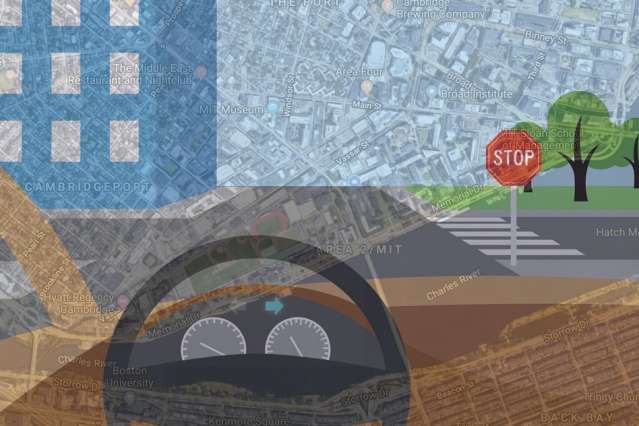
Geospatial jobs of the week: MSF UK, BP, COWI are hiring
If your company is looking for new talent and you want to share the opportunity with our community, feel free to submit a job using the online form for us to review and include in our list! If you would like to know more about our Geospatial Job Portal, read about it here.
If you are enthusiastic about location data or anything geospatial, then this is the job portal for you!
Looking for more positions in GIS, academia, product, or data science roles? Go directly to our searchable Geospatial Job Portal!
Featured Jobs
 University of Maryland: GIS Data/Support Specialist
University of Maryland: GIS Data/Support Specialist
📍 Maryland, United States
The GIS Data/Support Specialist will provide essential mapping and GIS application support (data and map service development and maintenance) to the maintenance of FM’s campus mapping with emphasis on the public campus web map and other widely used Campus Enterprise GIS services. The GIS Data Specialist reports directly to the Enterprise GIS Manager and will be responsible for coordinating enterprise GIS project tasks and resources and will assist with campus database and systems administration tasks. The position will also assist with on-demand requests for data, maps, and modifications to existing data services.
 UCAR: High Altitude Observatory (HAO) Lab Director
UCAR: High Altitude Observatory (HAO) Lab Director
📍 Boulder, Colorado, US
 MSF UK: Health Information and eHealth Strategic Lead
MSF UK: Health Information and eHealth Strategic Lead
📍 London, UK
 COWI: Solution Architect for GIS & IT
COWI: Solution Architect for GIS & IT
📍 Lyngby, Denmark
 BP: SIM Senior Specialist Geospatial
BP: SIM Senior Specialist Geospatial
📍 Sunbury, UK
 Cognizant: GIS Developer
Cognizant: GIS Developer
📍 Tampa, FL, US
Even if these jobs may not be for you, they may help out someone in your network. Please share!
And if there are any specific things you’d like to see in our job portal, feel free to get in touch. Be sure to follow us on LinkedIn as well!




